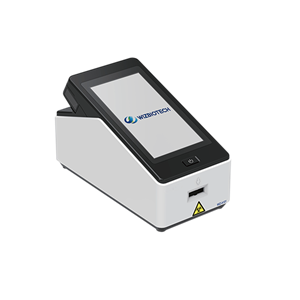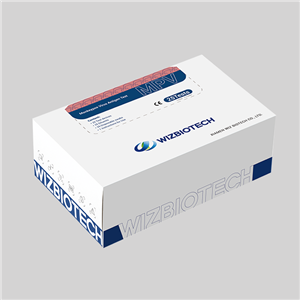Differential diagnosis of influenza virus
Influenza is a class C infectious disease caused by influenza viruses, mainly caused by influenza A and B viruses. After infection with the influenza virus, the virus enters cells by binding to cells on the surface of the respiratory tract and replicates, causing systemic symptoms such as fever, headache, and myalgia. The characteristic of antigenic variation of influenza virus makes it highly infectious, and the population is generally susceptible, and the same population can be infected multiple times.
Influenza is mainly transmitted through droplets of respiratory secretions, but also through direct or indirect contact with mucous membranes such as the mouth, nose, and eyes. If you touch items contaminated with the virus, eat without washing your hands, pick your nose, or rub your eyes, you may also become infected.
In contrast to the common cold, the common cold is a type of illness characterized by sneezing, sore throat, cough, and low fever, usually mild symptoms and most can recover on their own. Flu starts quickly and its symptoms are more severe than a common cold. Many influenza patients will have a rapid high fever, reaching 39 ° C to 40 ° C, with fear of cold, chills, after the interval of 4 to 6 hours after the fever again high fever. And often accompanied by a lot of general discomfort, such as headache, muscle and joint pain, extreme fatigue, appetite loss and other systemic symptoms; There may also be sore throat, cough, nasal congestion, runny nose, and there may also be vomiting, diarrhea and other symptoms.
The symptoms of influenza are the key basis for clinical diagnosis, but sometimes it is difficult to distinguish from the common cold or other respiratory infections, so when influenza-like symptoms appear, it is advisable to conduct influenza etiological examination as soon as possible. The so-called etiological examination is to find evidence of pathogen infection - the presence of influenza virus. Rapid tests include influenza virus antigen tests and nucleic acid tests, and positive results can confirm the diagnosis. The doctor will also use blood routine, chest X-ray or CT scan and other auxiliary tests, comprehensive assessment to determine the disease.
In clinical diagnosis and treatment, influenza needs to be distinguished from respiratory infections caused by other pathogens, such as mycoplasma pneumoniae infection, adenovirus, respiratory syncytial virus, etc. Mycoplasma pneumoniae is a kind of microorganism between virus and bacteria, which is a common pathogen in nature. Serum antibody detection and nucleic acid detection are effective means to diagnose mycoplasma pneumoniae infection. Infection with mycoplasma pneumoniae does not necessarily cause pneumonia, only mycoplasma pneumoniae invading the lower respiratory tract, may appear mycoplasma pneumoniae pneumonia.

Wizbiotech has developed its own influenza A/Influenza B antigen test kit (colloidal gold method), which does not require any equipment and takes only 10-15 minutes. Simple operation, with fast, accurate, highly sensitive and other characteristics, especially suitable for suspected patient self-examination screening, hospital laboratory, special departments (blood transfusion, pre-operation, emergency department, etc.), disease control system (epidemic prevention station), entry-exit quarantine and other places of general survey (physical examination).
Welcome the hospital purchasing department and related institutions to consult and place orders, we will provide the best quality medical services for your hospital to provide better support and help. We look forward to working with you to safeguard public health.




